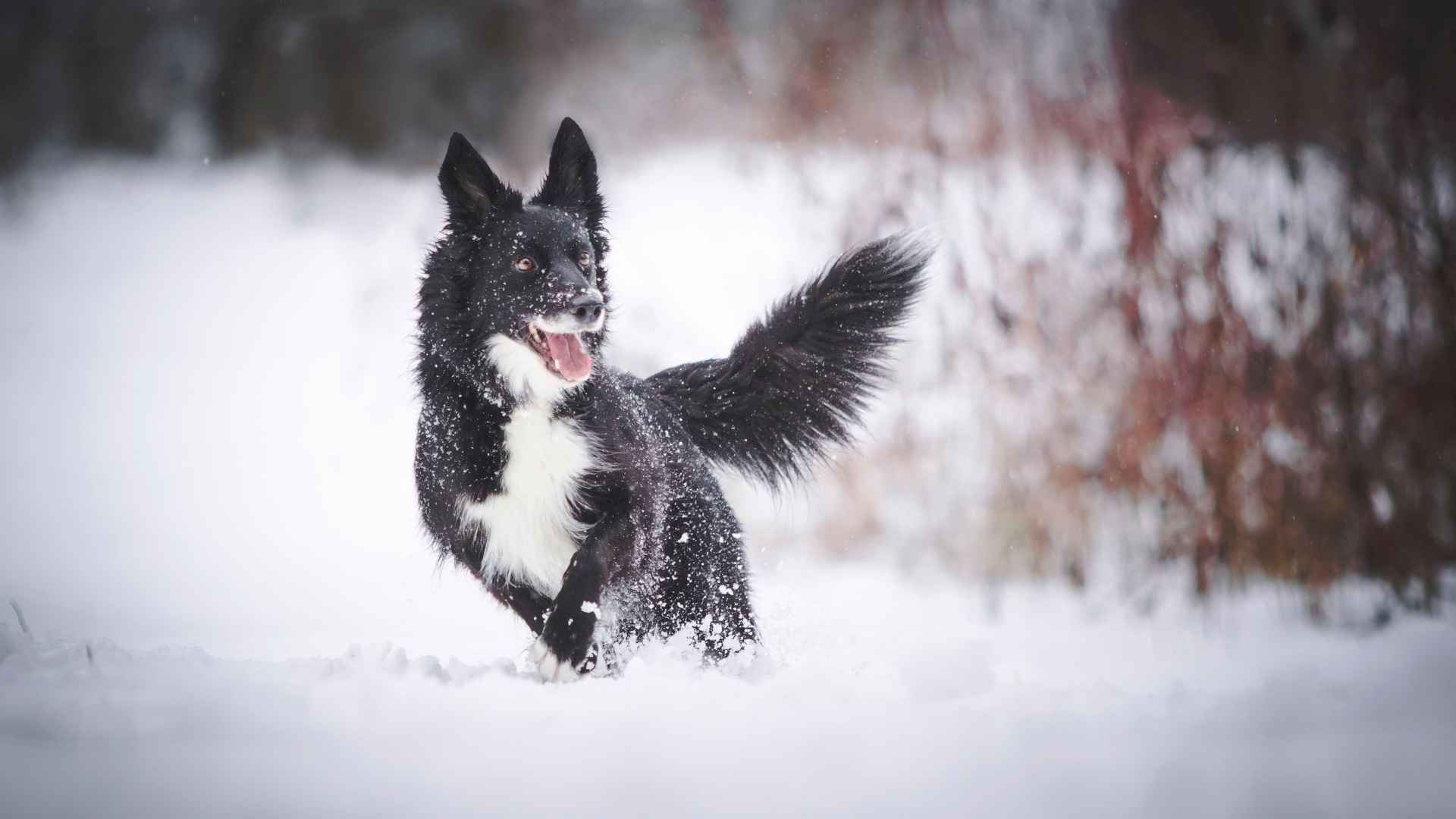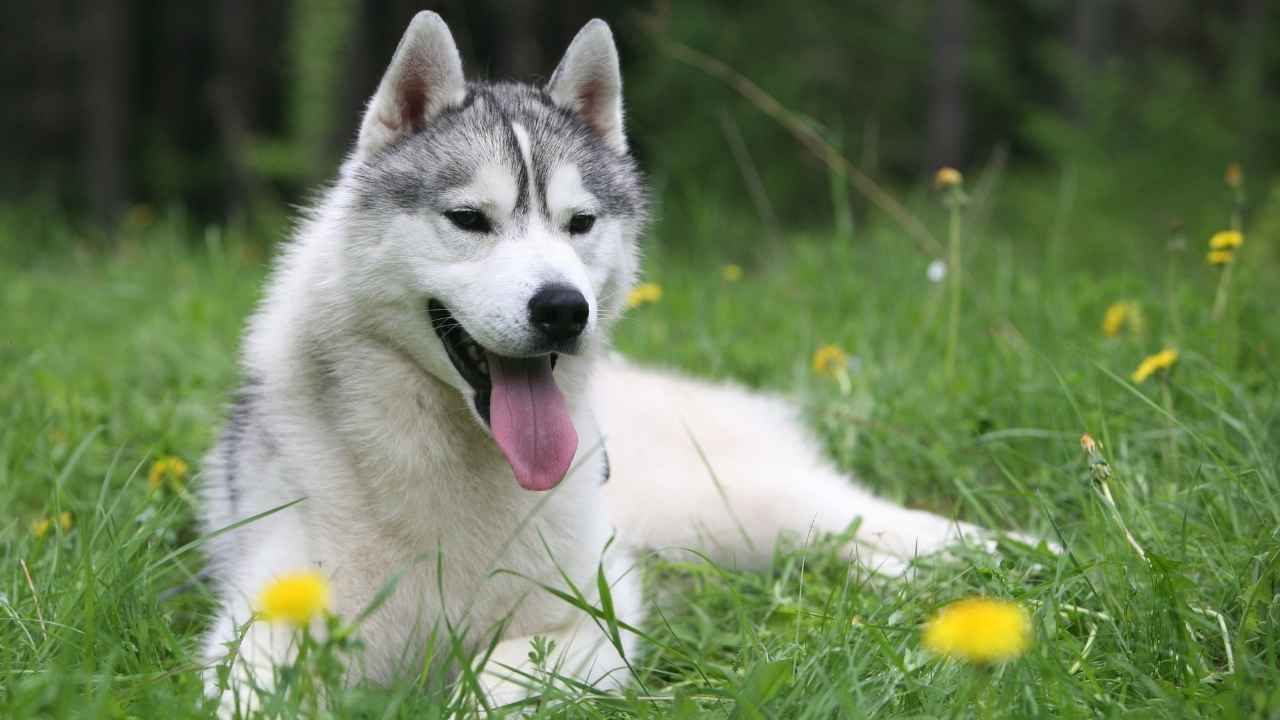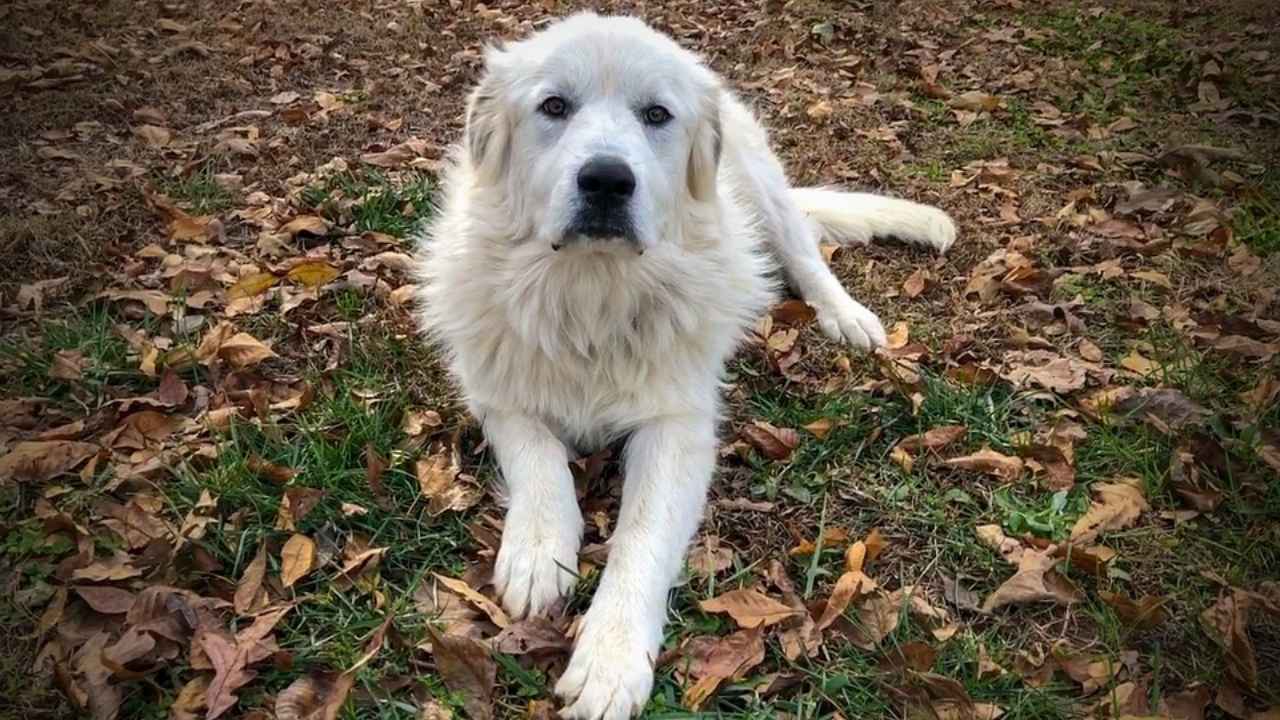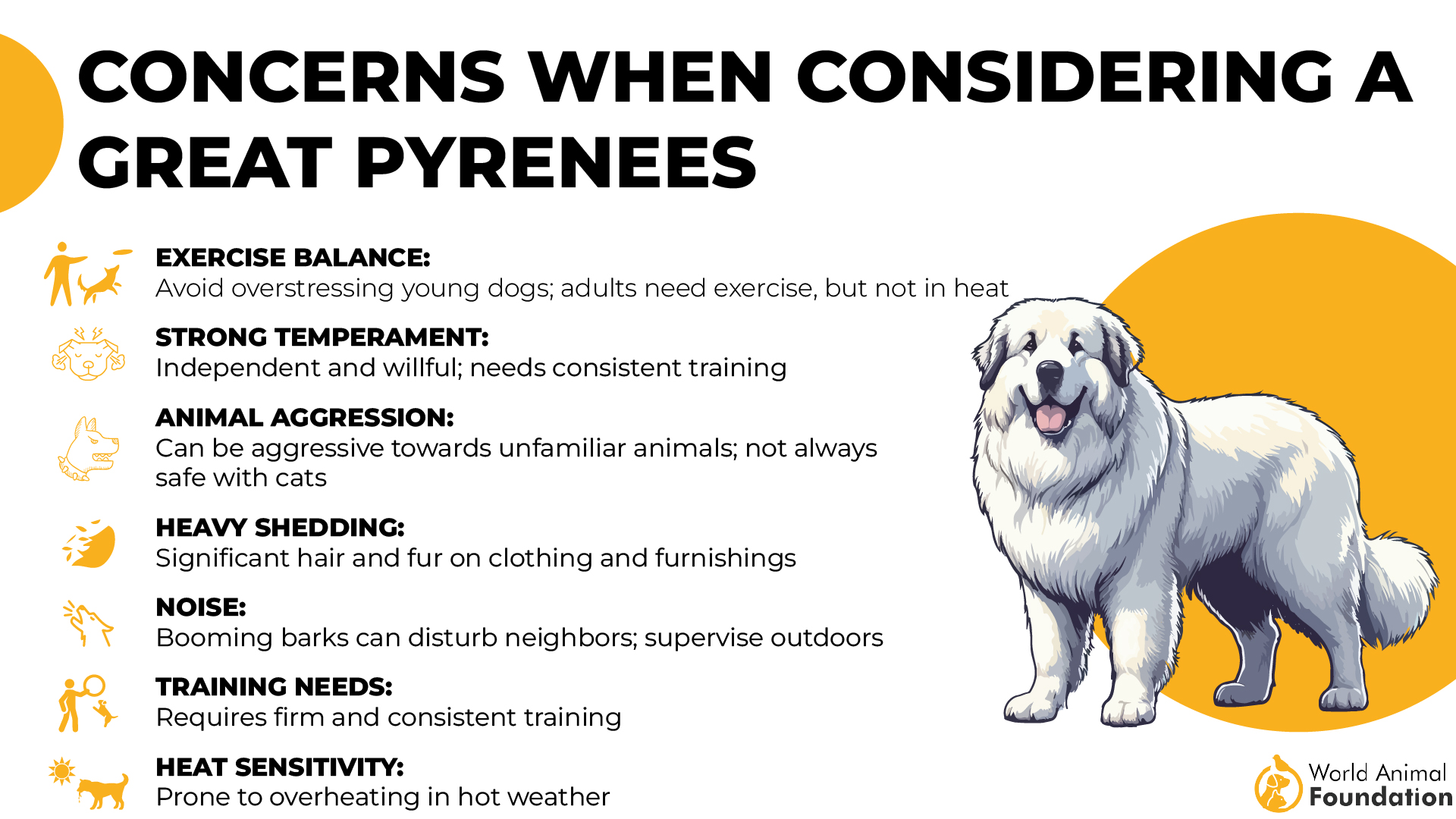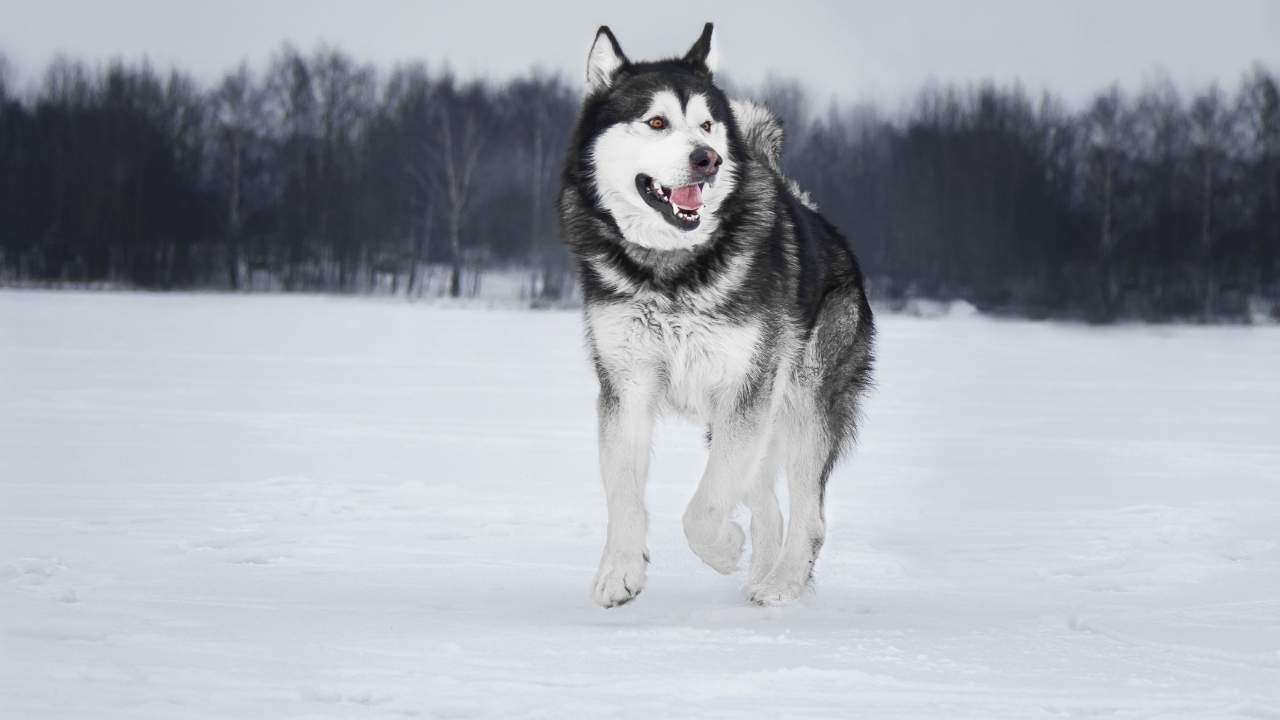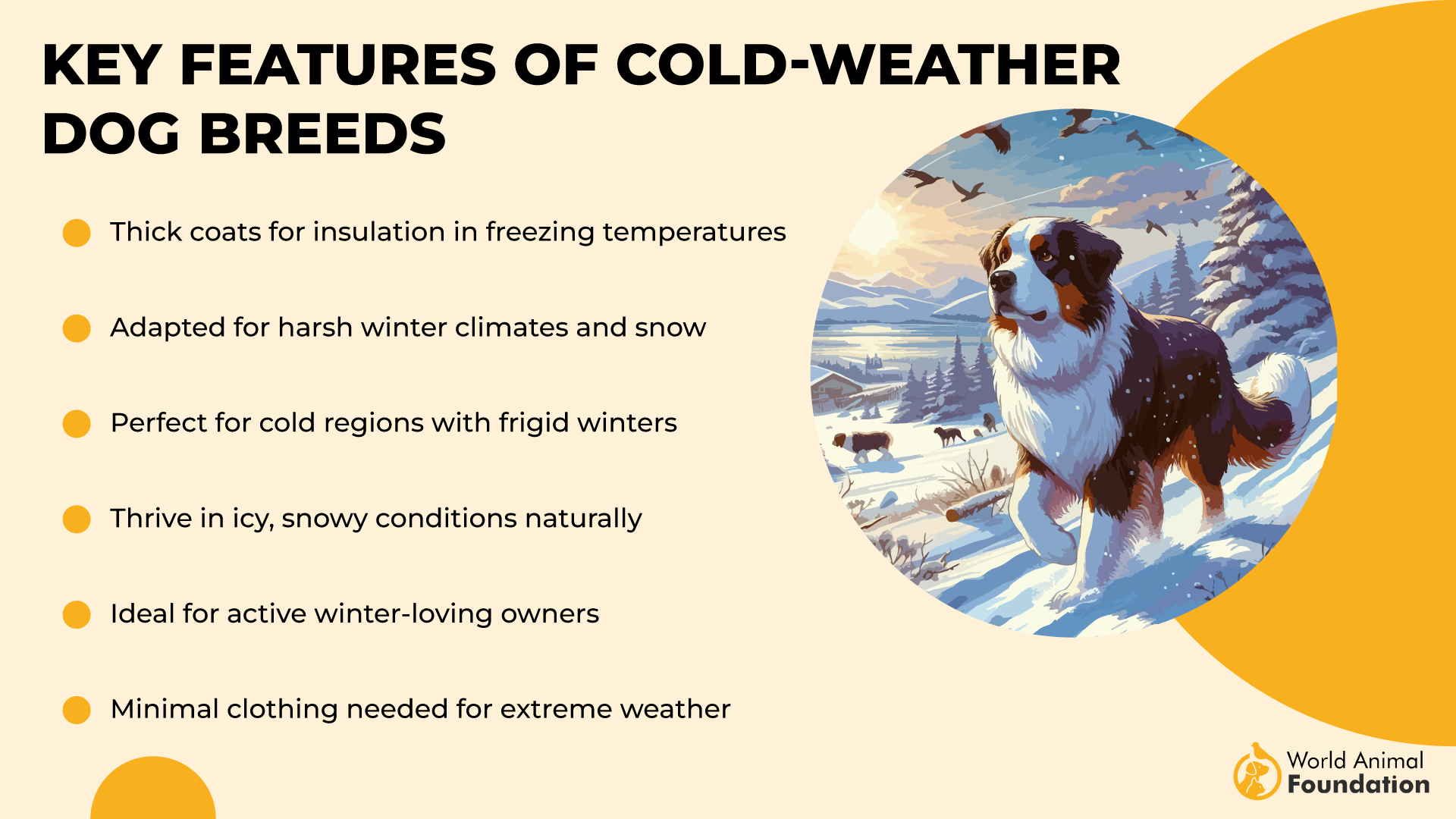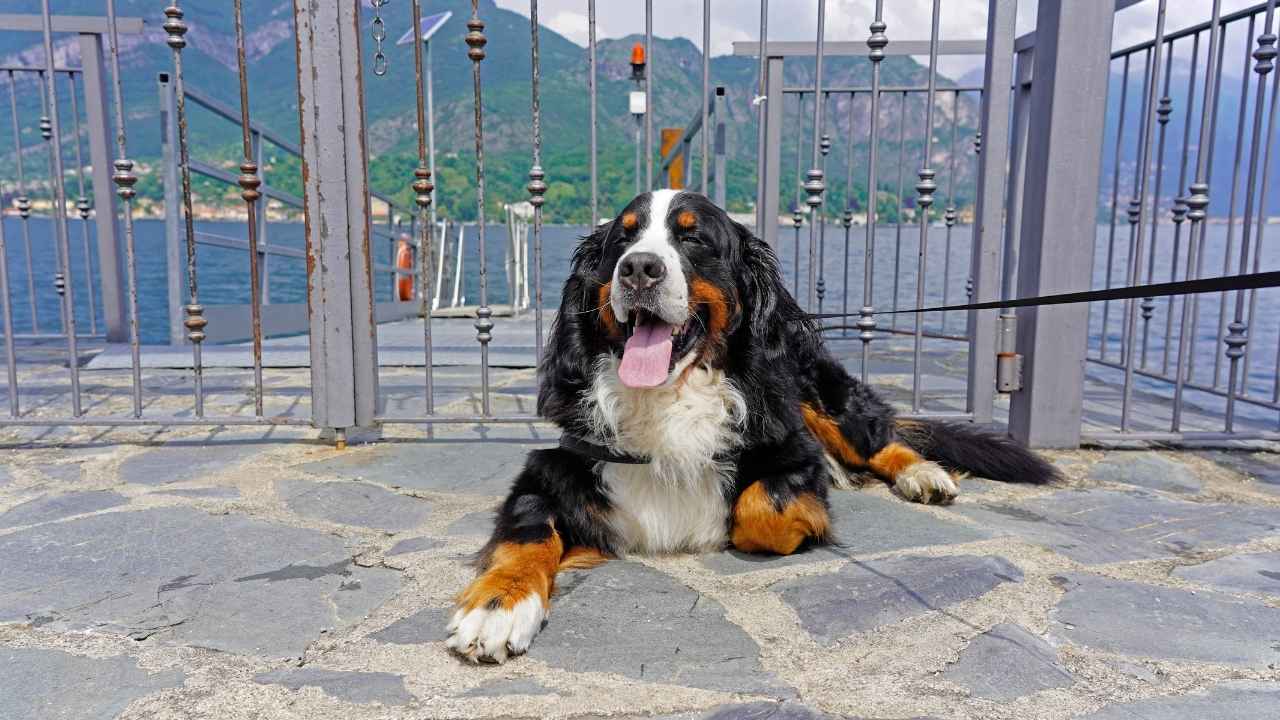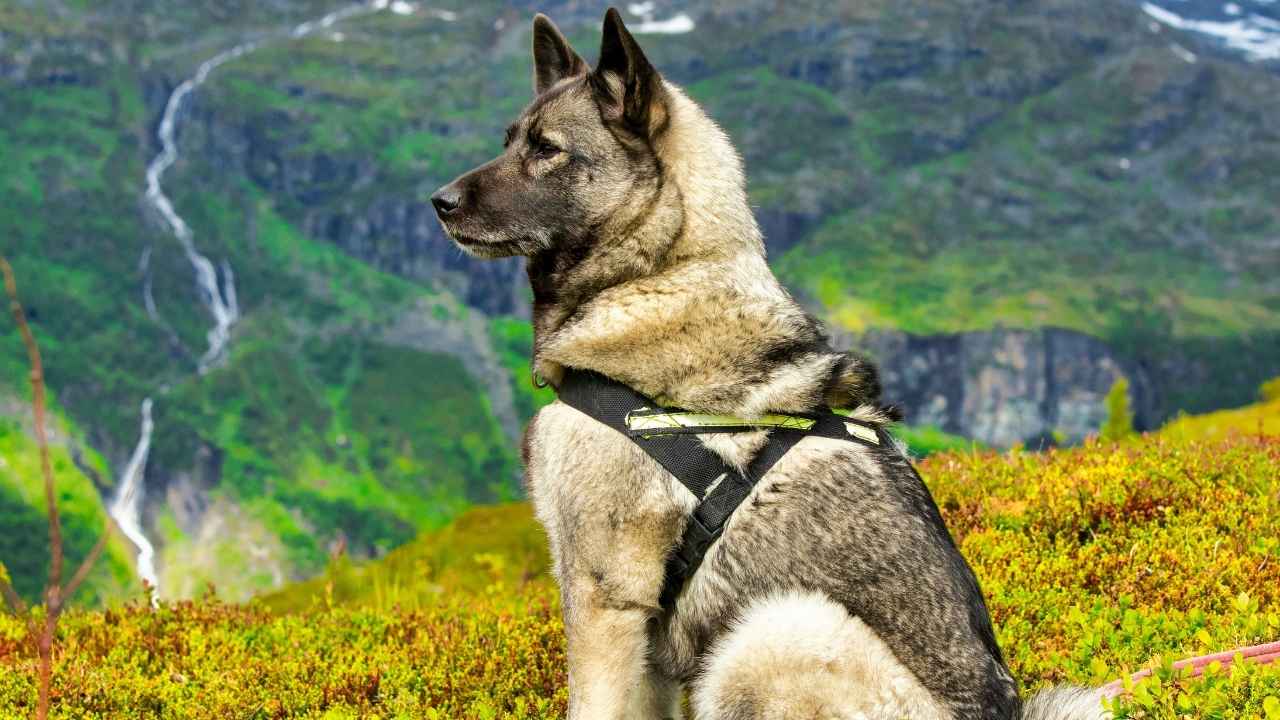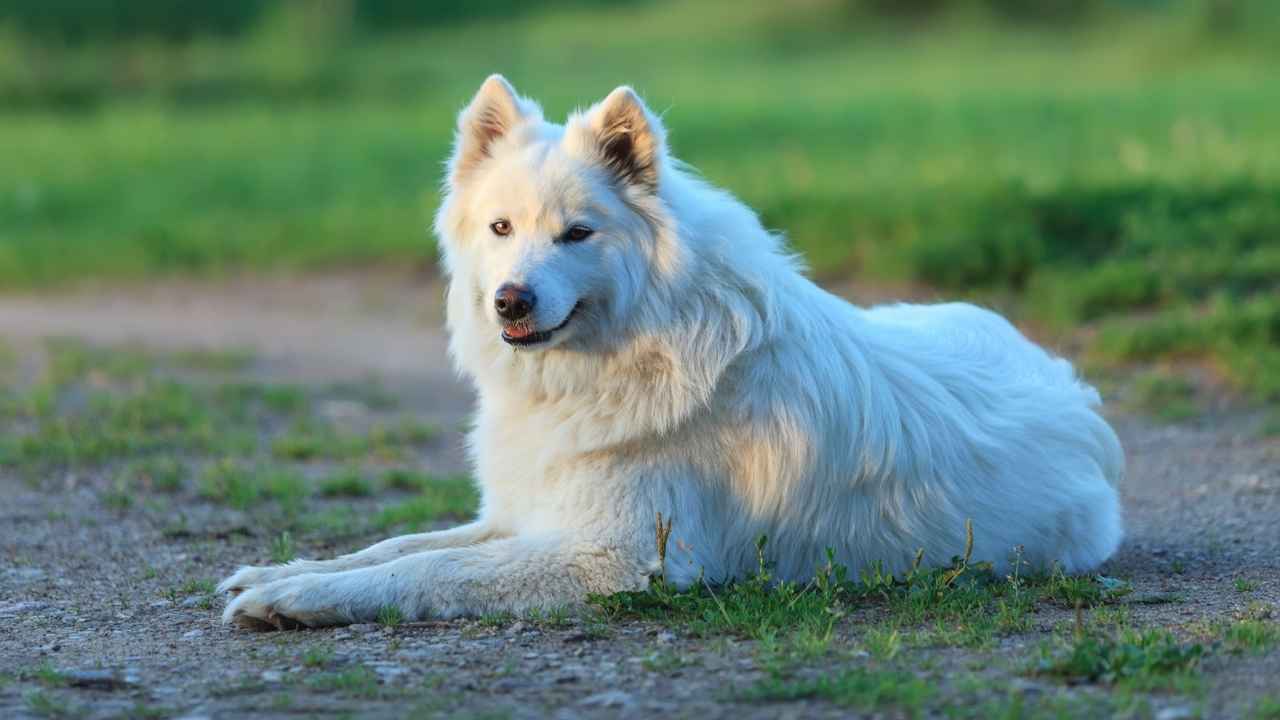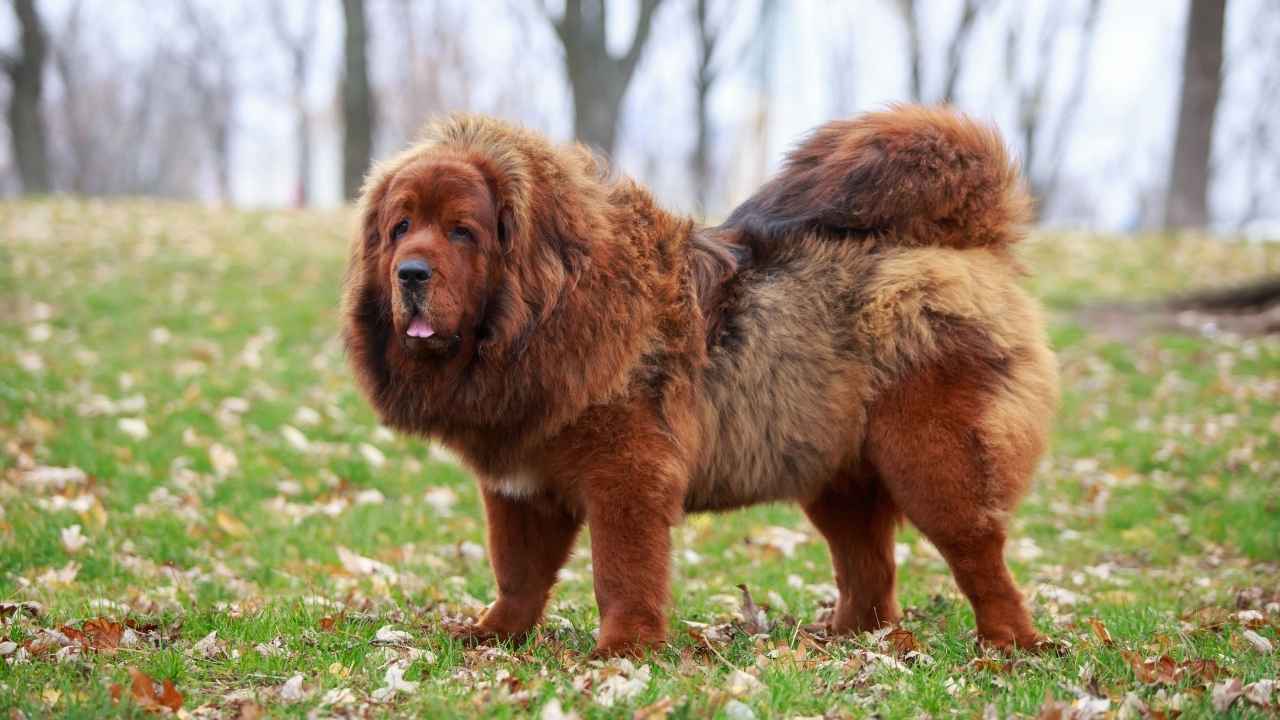As the seasons shift and the world transforms into a winter wonderland, certain canine companions thrive in the frosty air and snowy landscapes. These breeds possess unique adaptations and traits that make them particularly fond of colder climates, relishing the winter months while others retreat indoors. In this guide, we explore the top seven dog breeds that prefer winter over summer, celebrating their love for chilly temperatures and their natural affinity for snow. Whether you’re a winter enthusiast or simply curious about these cold-loving companions, discover the breeds that flourish when the temperature drops.
As the first snowflakes fall, some dogs seem to light up with excitement. For them, winter is not just a season; it’s their playground. With thick fur and a love for chilly air, these breeds prefer cold weather over the sweltering heat of summer.
These winter-loving dogs were originally bred in snowy climates, where they thrived in extreme cold. Their thick double coats protect them from the elements, making them natural adventurers in freezing temperatures.
For pet parents, winter offers a chance to bond with dogs who can’t get enough of the cold. Whether running through snowdrifts or playing in icy waters, these breeds love outdoor activities that would make others shiver.
Read on to discover which dog breeds are happiest in the cold and perfect for snowy adventures!
Dog Breeds That Prefer Winter Over Summer
1. Siberian Husky
The Siberian Husky originated in Siberia and is built for cold weather, with a thick double coat and dense fur. Originally bred in the harsh climates of Siberia, this breed thrives in low temperatures. Their coat acts as insulation, keeping them warm and protected from freezing winds.
When temperatures drop, Siberian Huskies come alive with excitement. As per PDSA, these powerful dogs love running in snowy environments and pulling sleds, making them ideal for winter adventures. Their boundless energy makes them the perfect companions for outdoor exploration in cold weather climates.
During warmer months, Siberian Huskies may struggle with heat due to their thick coats. It’s important to keep them cool and hydrated, providing shade and limiting outdoor activities in hot weather.
Regular grooming helps manage their thick fur, preventing overheating. This breed thrives in cooler weather, but with proper care, they can stay comfortable and happy in warmer climates.
2. Great Pyrenees
The Great Pyrenees was originally bred in the Pyrenees Mountains to guard livestock. They are well-suited to cold climates, thanks to its dense, double-layered coat. This breed was originally used for guarding livestock in mountainous regions, where cold conditions were common. Their thick coat protects them from freezing temperatures, allowing them to work in harsh environments.
The great Pyrenees enjoy winter playtime, especially in snowy settings where their thick white fur stands out. These dogs are gentle giants who love exploring the outdoors, and they’re always up for a good adventure in the snow. Their natural affinity for cold weather makes them a joy in winter months.
Due to its thick double coat, the Great Pyrenees can struggle in warm temperatures. To manage heat sensitivity, it’s crucial to provide cool, shaded areas and moderate exercise in warmer climates.
Regular grooming is essential to ensure their thick fur stays healthy and manageable. This helps them regulate their body temperature in cold and hot weather, ensuring they remain comfortable year-round.
3. Alaskan Malamute
With their origins in Arctic climates, Alaskan Malamutes have evolved to thrive in cold temperatures. Their thick, dense fur and large size make them well-equipped for harsh weather conditions, providing insulation in freezing temperatures.
AKC says that Alaskan Malamutes love engaging in outdoor adventures, especially in snowy environments. Their strength and stamina make them excellent for pulling heavy loads, whether in a sledding race or as a companion on winter hikes.
During warmer weather, these dogs need extra care to avoid heat stress. Their thick coats can trap heat, so it’s essential to limit outdoor activities and provide plenty of fresh water.
Grooming is vital, especially during warmer months, to reduce shedding and prevent overheating. With proper care, Alaskan Malamutes can stay comfortable in varying climates, though they truly thrive in the cold.
4. Bernese Mountain Dog
The Bernese Mountain Dog was originally bred in the Swiss Alps, where cold climates are the norm. Their thick, double coat helps them thrive in cooler weather, shielding them from cold temperatures and harsh winds.
This breed enjoys winter months, happily playing in the snow or joining their owners in outdoor activities. Their gentle nature and love for cold weather make them great companions for snowy adventures.
Bernese Mountain Dogs may struggle in hot weather due to their dense coats. To keep them comfortable in warmer temperatures, limit outdoor exposure and provide them with cooling spaces.
Regular brushing and grooming help prevent overheating during summer. Despite their love for cold weather, proper care ensures they stay healthy and balanced in all climates.
5. Norwegian Elkhound
The Norwegian Elkhound was originally bred for hunting in Nordic environments. Their thick, dense coat is perfect for cold conditions, offering protection against freezing temperatures. Bred for hunting in Nordic regions, this breed is well-suited to outdoor activities in cooler weather.
These dogs love winter adventures and thrive in snowy environments. Whether pulling sleds or running alongside their owners, they are always up for outdoor exploration. Britannica states that their strong instincts make them excellent companions for winter play.
Heat can be a challenge for Norwegian Elkhounds due to their thick coats. During warmer months, it’s important to provide cool environments and reduce physical activity.
Regular grooming helps manage their dense fur and keeps them cool in hotter weather. This ensures they remain healthy, happy, and comfortable throughout the year.
6. Samoyed
The Samoyed breed originated in Siberia, where it was used for herding reindeer. They are known for their beautiful, fluffy white coats that keep them warm in frigid conditions. This breed originated in Siberia, where they were used to herd reindeer and pull sleds in cold temperatures. Their dense fur provides excellent protection against the cold.
In winter, Samoyeds are enthusiastic about outdoor activities like hiking or playing in the snow. They love the winter months, as they have plenty of energy for outdoor exploration in cooler weather. Their friendly nature makes them great companions for these winter adventures.
However, Samoyeds can easily overheat in warm weather due to their thick fur. Providing them with plenty of water and shade is essential when temperatures rise.
Regular grooming is essential to help manage their thick coat. By brushing them regularly, you can prevent mats and keep them comfortable during both warm and cold months.
7. Tibetan Mastiff
The Tibetan Mastiff, an ancient breed, was originally used to protect livestock in cold, mountainous regions. Their thick, dense coats are designed to withstand the harshest of winter conditions, providing excellent protection against cold weather.
This breed loves winter, often enjoying outdoor exploration in snowy environments. Their large, powerful build makes them perfect for activities like guarding or trekking through cold climates. They thrive in low temperatures, where they are happiest.
During warmer climates, Tibetan Mastiffs may struggle with the heat. To avoid overheating, limit their outdoor exposure in hot weather and ensure they have access to cool, shaded areas.
Regular grooming helps maintain their thick coats, preventing mats and helping them stay cool in warmer temperatures. Their natural affinity for cold weather is a big plus for winter months.
Conclusion
Doesn’t it feel special to know there are dog breeds that thrive in cold weather? These dogs are naturally adapted to the chill, with thick coats and powerful instincts. They enjoy the cold and love playing in the snow, making them the perfect companions for winter months.
While we covered many breeds like the Siberian Husky and Great Pyrenees, others like the German Shepherd and Saint Bernards are also worth mentioning. Known for their protective instincts, they, too, love cold climates, making them some of the best dogs for outdoor adventures.
To sum it up, dogs that prefer winter over summer are a joy to have by your side during cold months. Their love for cold weather, paired with their loyal companionship, makes them the perfect match for chilly outdoor activities.
Winter-loving dog breeds typically thrive in colder climates due to their thick coats, robust physiques, and energetic dispositions. Among the top breeds that delight in winter are the Siberian Husky, Alaskan Malamute, and Saint Bernard, all known for their endurance and strength in snow-covered landscapes. The Bernese Mountain Dog, Samoyed, and Newfoundland also enjoy frosty temperatures, thanks to their heritage as working dogs in cold environments. Lastly, the Tibetan Mastiff, with its dense fur, rounds out the list. These dogs not only tolerate the cold but often revel in it, showcasing their adaptability and natural inclination for winter adventures.

